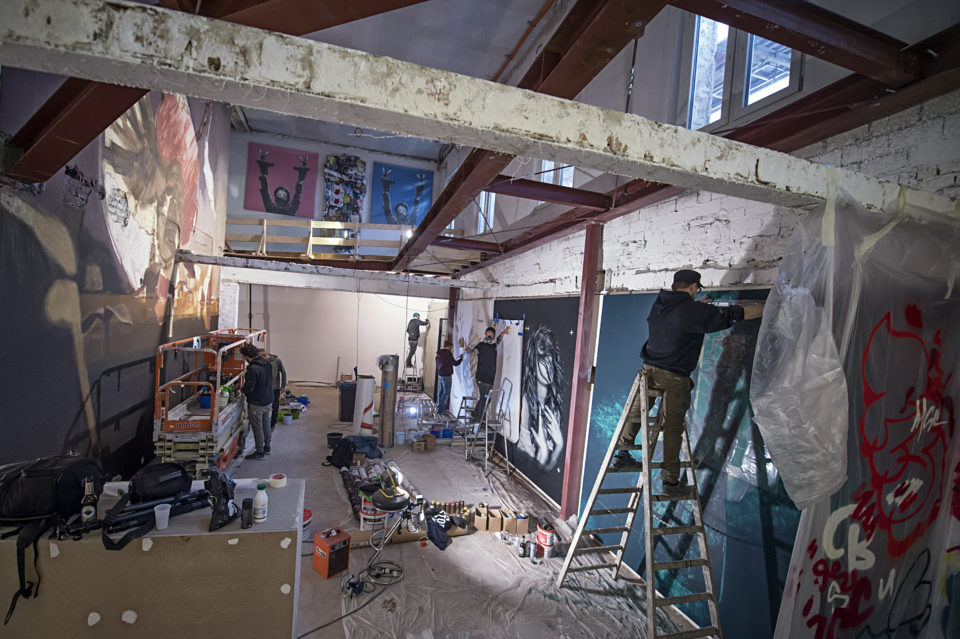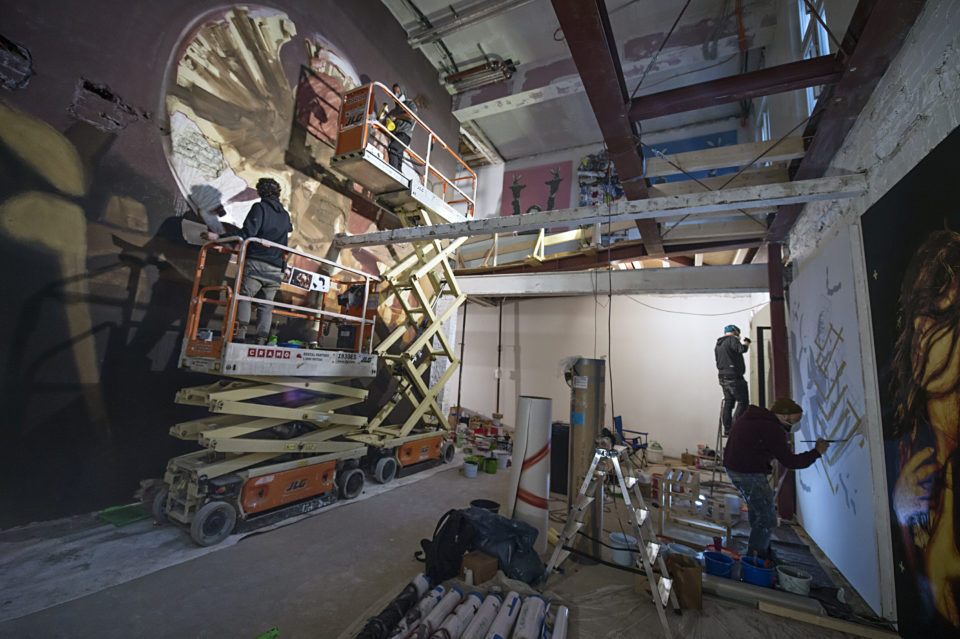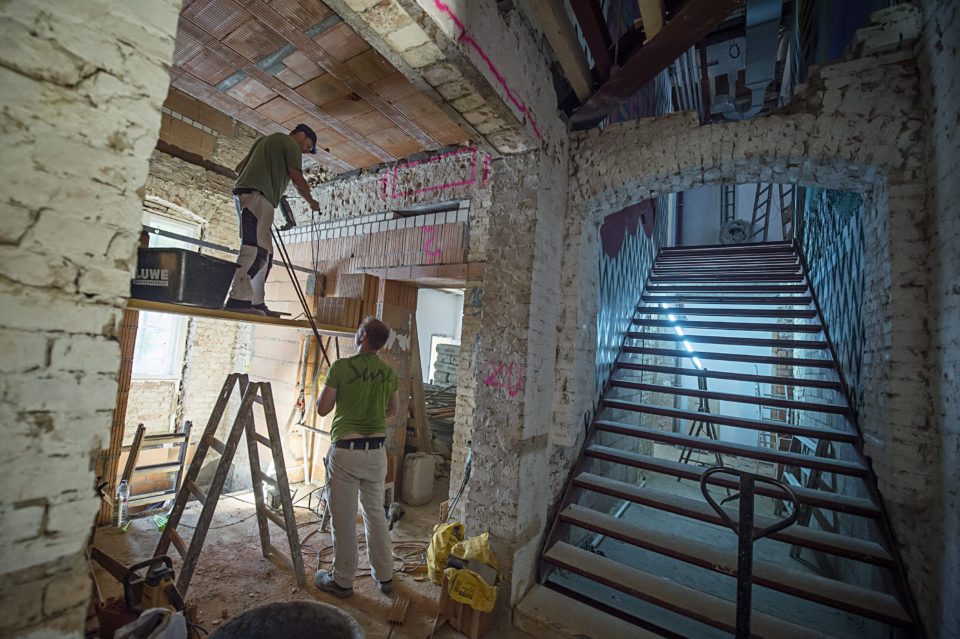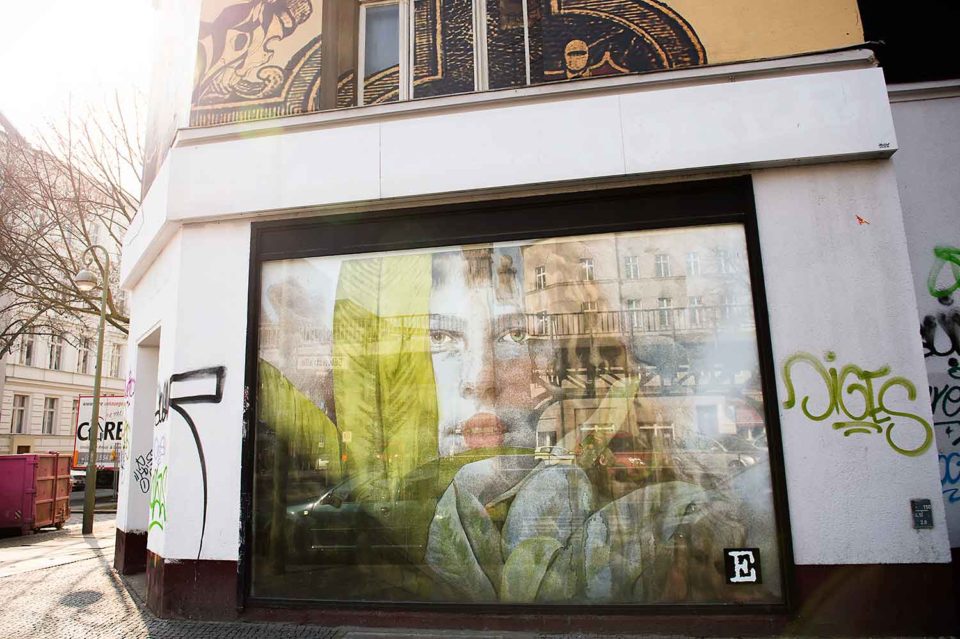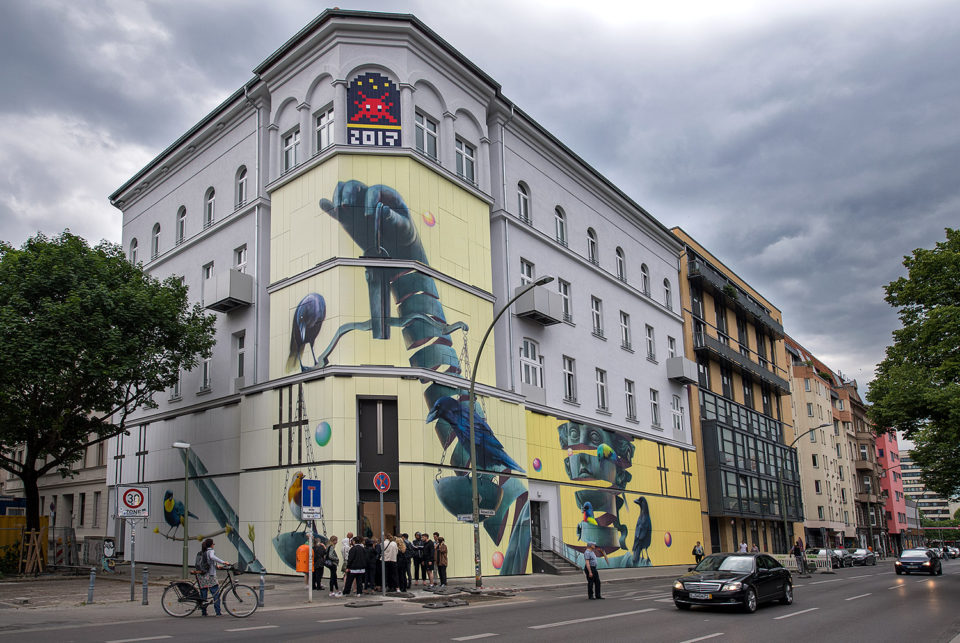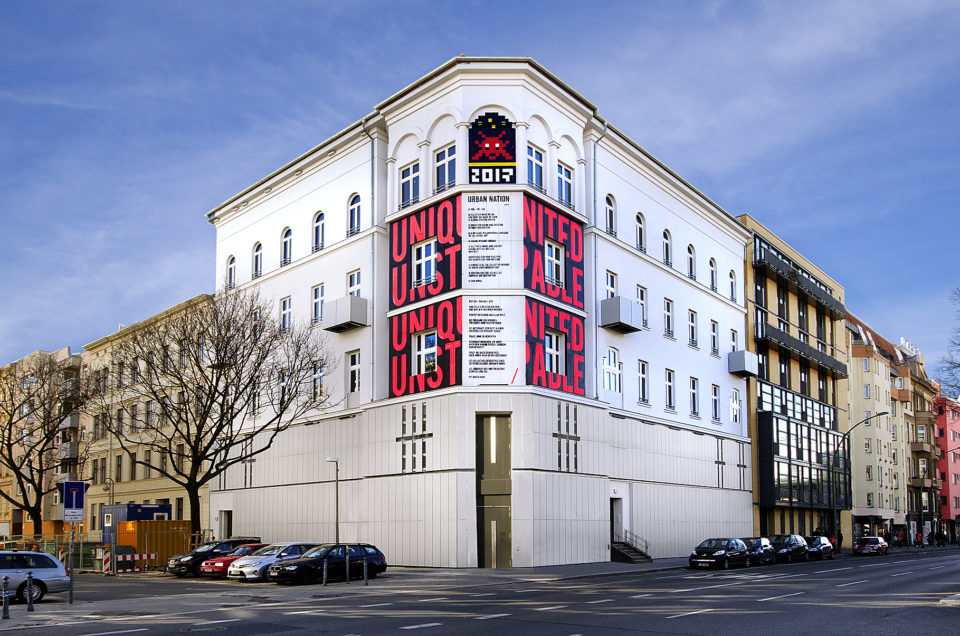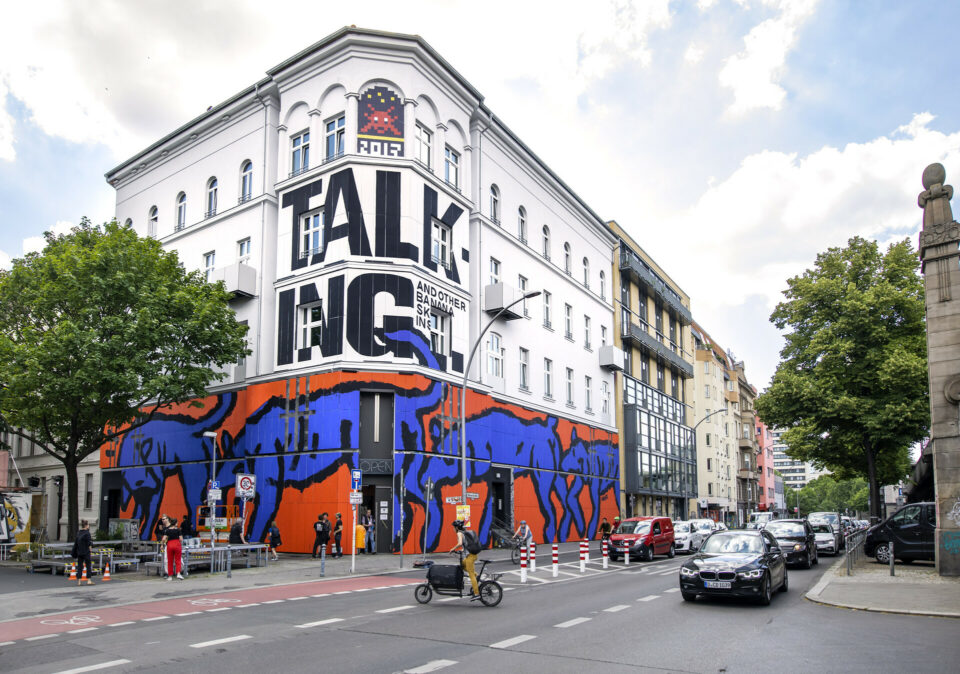Urban Nation Museum
URBAN NATION and the URBAN NATION Museum is an initiative of the non-profit Foundation Berliner Leben, which was founded by Gewobag AG. The work of URBAN NATION is intended to promote creative exchange between artists and Berliners, and to support integration and participation through cultural education programs in Berlin’s neighborhoods.
The initiative has been in existence since 2013. Since then, numerous artists have been invited to Berlin to design murals in different locations and thereby make art in urban space tangible for everyone. The first ONE WALLS (murals) have already been realized in Berlin without a permanent exhibition space. The ONE WALL program continues and continues the tradition of wall painting and muralism that is present throughout the city (in the east and west). Social and social issues always play a role in the selection of motifs and artists.
Another regular presentation location – for the artists’ works created on site – at that time was the shop window of a furniture store in Bülowstrasse 7, which now houses the Urban Nation Museum for Urban Contemporary Art.
The premises of the Urban Nation Museum before the official opening:
THE MUSEUM
Street art and urban art are always exposed to the risk of being damaged, destroyed, painted over or stolen due to weather, vandalism and other influences. In many cases, the state of the ephemeral is also part of the concept of the work or one of the consequences if art is placed and left in public space without being asked. Inspired by the ephemeral situation, the idea of a museum emerged that the fleeting and ephemeral art of the street – urban art – is dedicated to and exhibits it, while at the same time making the history of this worldwide artistic movement tangible.
Urban art has shaped Berlin in recent decades and, among other things, has ensured that the city is perceived as an international art metropolis. It was no coincidence that the first Urban Art Museum was built here, of course, since Berlin is also considered the “graffiti capital” of Germany, if not Europe. The charisma of the museum extends far beyond Berlin. Because urban art is current and global – a democratic, low-threshold art form that is interactive and accessible to everyone, moves all generations and nations and creates social dialogue.Under the motto “Connect. Create. Care. ” the museum sees itself not only as an exhibition location, but also as a neighborhood project. Many residential and commercial buildings along Bülowstrasse are integrated into the overall concept with facade painting.For the two previous exhibitions „UNique. UNited. UNstoppable.“ and “UN-derstand the power of art as a social architect” no existing art works were taken from the urban area. The majority of the works shown were created especially for the 2017 and 2019 exhibitions in the museum or in one of the numerous Urban Nation projects. In the third exhibition of the still young museum – whose opening is scheduled for October 2, 2020 – the focus will once again be on documenting the art movements: graffiti, street art and urban art. The exhibition is dedicated to the life and life’s work of the world-famous photo journalist Martha Cooper. Her photographs are the first evidence of urban art and document its creation since the 1970s.

THE BUILDING
The opening of the museum in September 2017 was preceded by one year of construction and three years of planning. The redesign was implemented by the Berlin architecture firm GRAFT. The museum’s exhibition rooms are located on the lower two floors of the building. Here the ceiling between the ground floor and first floor was removed. This created an open, museum-like space. Visitors can walk over 500 square meters between the floors via bridges. These bridges are parallel to the street and the above-ground subway line in front of the museum. In addition, this architectural peculiarity offers the possibility to view the individual works both from a distance and from close up. The use of asphalt as a floor covering creates a further connection between the interior and the street.On the top three floors, more than 1.100 squaremeters are reserved for the eleven scholars of the artist in residence program FRESH A.I.R. The premises consist of studio apartments and are equally suitable for working and living.
The different motifs of the facade of the Urban Nation Museum:

